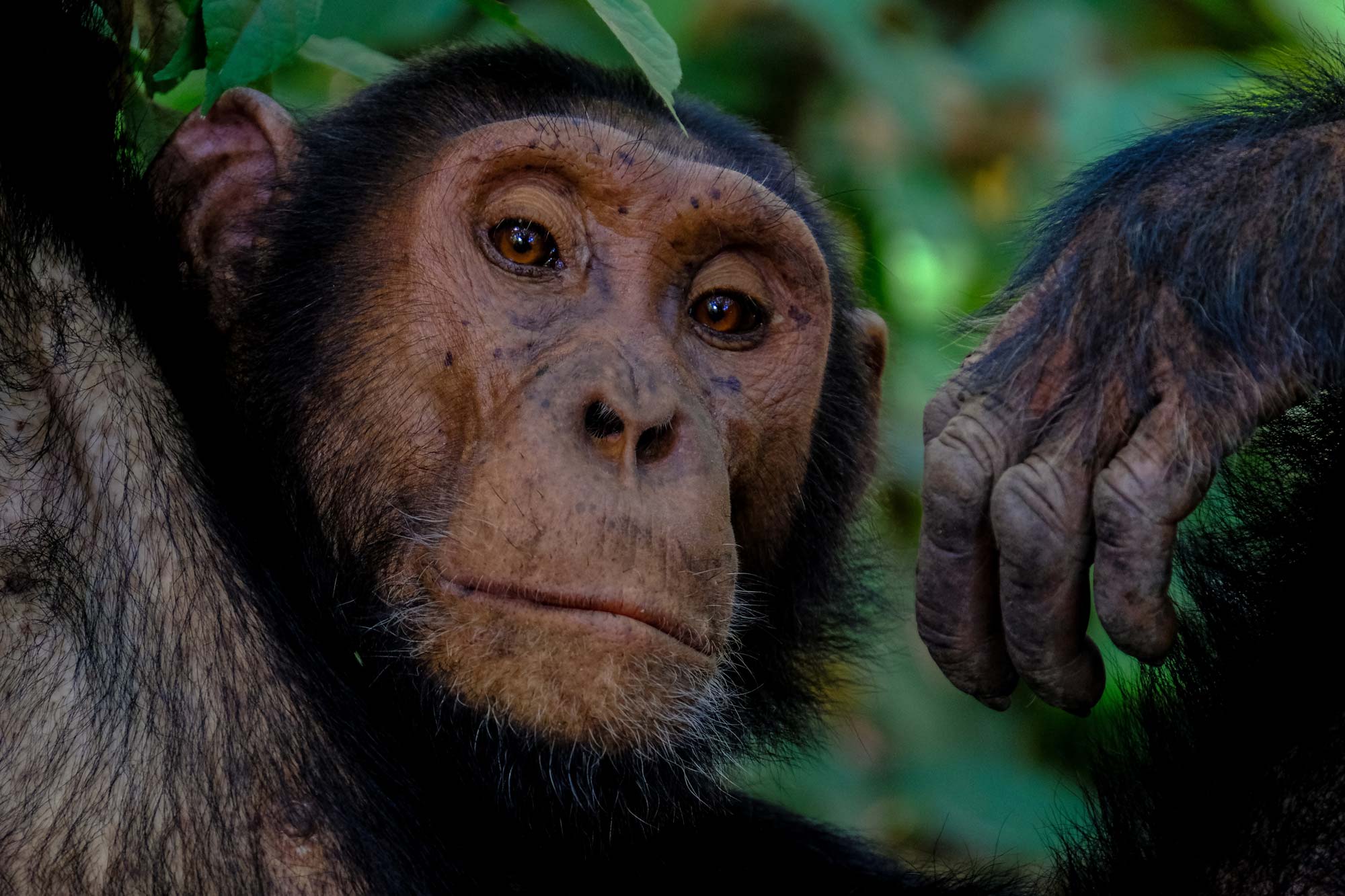| Principal Investigator: | Dr Tatynana Humble |
|---|---|
| Project dates: | June 2008-ongoing |
| Funding: | USFW, ARCUS |
| Collaborators: |
|
Project Description

Throughout their range across Africa, chimpanzees (Pan troglodytes) are threatened with extinction due to habitat destruction, disease and unsustainable levels of hunting and capture (IUCN 2008), in spite of being protected by national and international laws. All four known subspecies of chimpanzee (Eastern: P. t. schweinfurthii; Central: P. t. troglodytes; Nigeria-Cameroon: P. t. ellioti; Western: P.t. verus) are classified as Endangered (IUCN 2008) and listed on Appendix I of CITES.
Although current total population estimates are imprecise, the second most threatened subspecies after the Nigeria-Cameroon subspecies is the Western subspecies (P. t. verus) with 21,300–55,600 individuals and c.50% found in Guinea (Kormos et al. 2003). The majority of chimpanzees in Guinea are found outside protected areas. The bushmeat and pet trade, as well as the exacerbation of human-chimpanzee conflicts, have resulted in recent years in a significant increase in the number confiscated orphan chimpanzees. The Chimpanzee Conservation Center (CCC), located in the north-western edge of the Mafou core area of the High Niger National Park (HNNP), is the only Pan African Sanctuary Alliance (PASA)-accredited sanctuary caring for chimpanzee orphans in Guinea. The CCC has been rehabilitating confiscated chimpanzees since 1997 and releasing selected suitable candidates since 2008.
In view to reinforce the wild chimpanzee population of the HNNP and to enhance park protection, the CCC released in 2008 a first group of 12 chimpanzees into the Mafou core area of the park. Five of those individuals have since settled at the release site and continue to be monitored. In August 2011, the CCC was able to re-enforce this resident group with the successful addition of 2 adult females. Post-release monitoring of these individuals involve distance monitoring using simple VHF and/or ARGOS and GPS store-on-board radio collars.
This long term ongoing project’s core aims include:
- Evaluating rehabilitation and release procedures
- Post-release monitoring employing sophisticated tracking systems
- Evaluation of conservation impact of the release program on the PNHN

